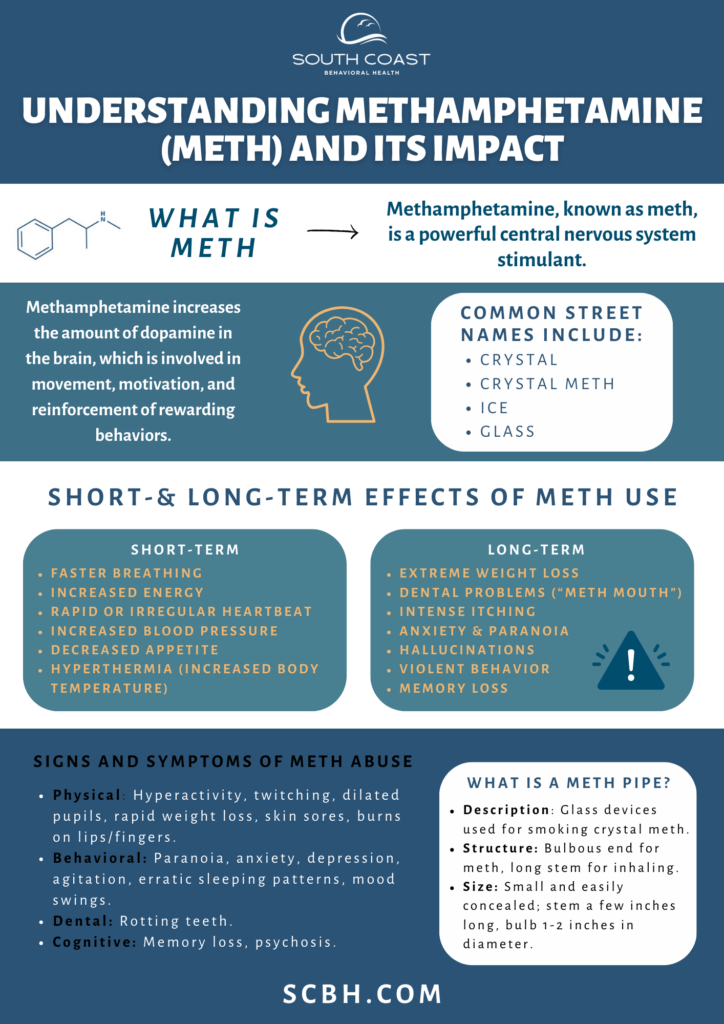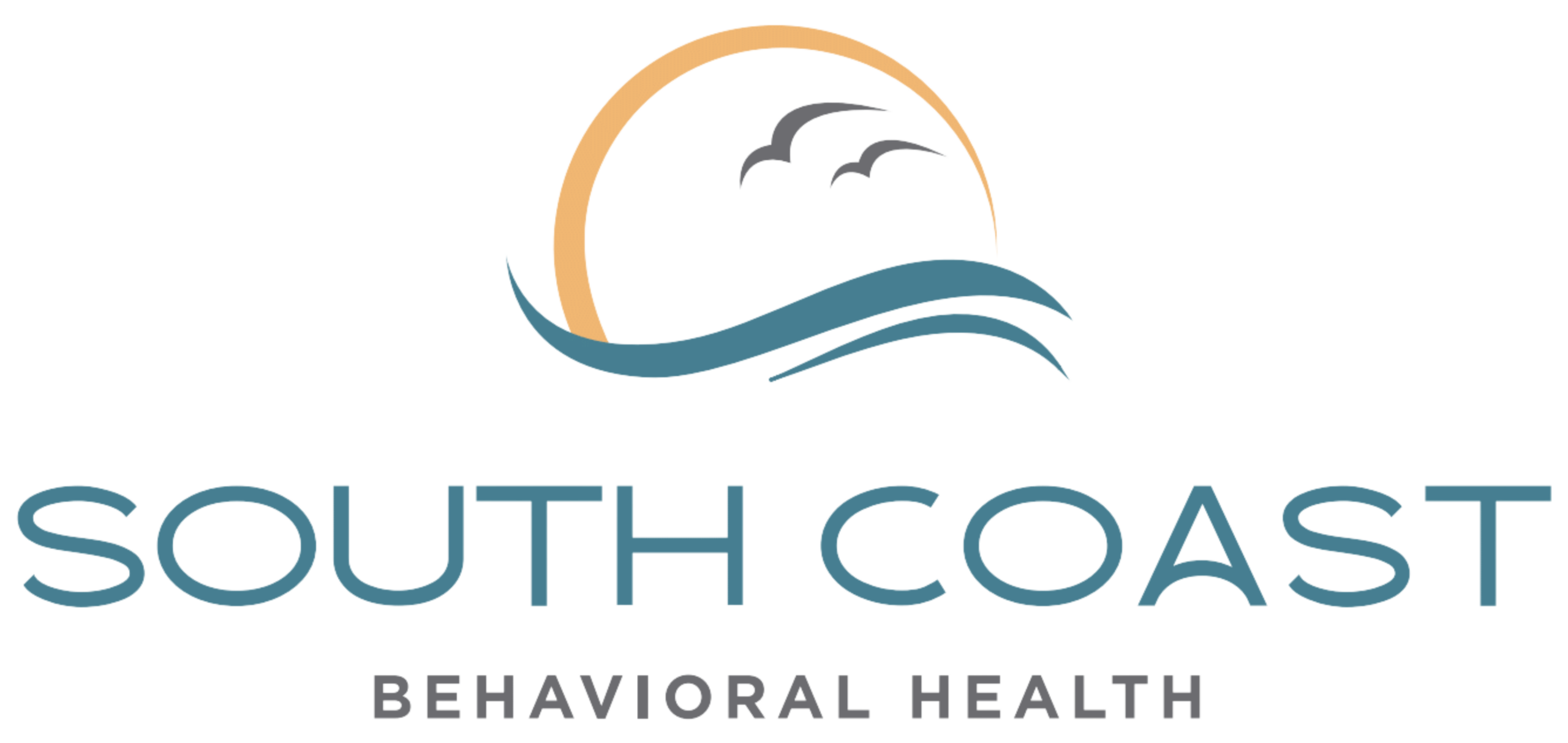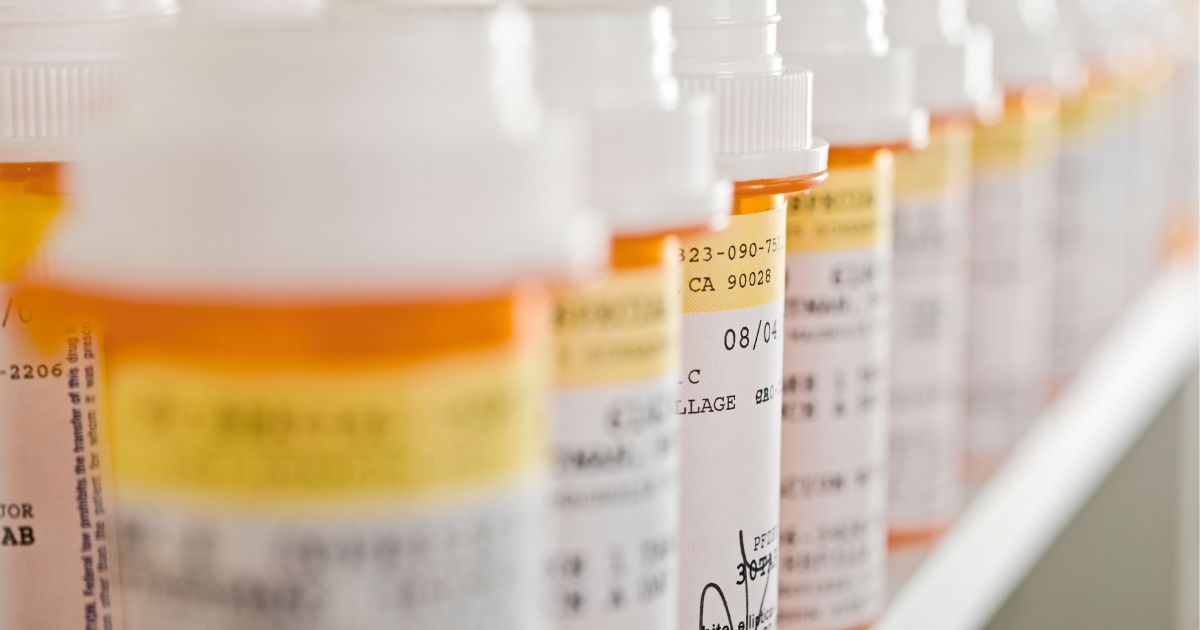What Is Meth?
Methamphetamine, commonly known as meth, is a highly addictive central nervous system stimulant. It’s chemically similar to amphetamine, a drug that treats attention deficit hyperactivity disorder (ADHD) and narcolepsy, but much more powerful. Meth is known by several street names, including “crystal,” “crystal meth,” “ice,” and “glass.”
When taken, methamphetamine increases dopamine release in the brain, leading to intense feelings of pleasure and increased energy. However, its effects on the body can be devastating.
In the short term, taking meth can lead to:
- Extreme euphoria
- Greater feelings of energy and wakefulness
- Decreased appetite
- Increased confidence
Most people who use crystal meth do so for these effects.
Other short-term effects of meth use include:
- Faster breathing
- Rapid or irregular heartbeat
- Increased blood pressure
- Hyperthermia (increased body temperature)
In the long run, meth effects become much more concerning due to:
- Extreme weight loss
- Dental problems (“meth mouth”)
- Intense itching leading to skin sores
- Anxiety
- Paranoia
- Hallucinations
- Violent behavior
- Memory loss
Regular use of meth can also lead to severe addiction, changes in brain structure and function, deficits in thinking and motor skills, increased distractibility, and impaired judgment.
Methamphetamine was first synthesized in 1919 in Japan from ephedrine (related to pseudoephedrine, the active ingredient in Sudafed). It was common during World War II to keep soldiers awake. By the 1950s, it became a prescription drug for certain medical conditions, including obesity and depression. However, by the 1960s, its potential for abuse became evident, and the U.S. government classified it as a controlled substance. Today, methamphetamine is classified as a Schedule II Substance.
There are four primary ways to take meth: you can take it as a pill, inject it, snort it, or smoke it. Smoking meth through a meth pipe is by far the most popular. In this article, we’ll talk about meth pipes: what meth pipes look like, how meth is smoked, and more.
What Is a Meth Pipe?
A meth pipe is a device for smoking crystal meth. They’re usually made of glass, with a bulbous end that serves as the chamber for the meth. Extending from the bulb is a stem, which is essentially a long tube. The person smoking inhales the smoke through this stem.
Meth pipes can vary in size but are often small enough to be easily concealed. The stem is typically a few inches long, while the bulbous end is about an inch or two in diameter.
Meth pipes are a popular way to consume meth because they deliver a quick high in a manner of seconds. This results in a powerful high that includes sensations of heightened energy, alertness, and euphoria.
If a proper meth pipe isn’t available, some users may fashion makeshift “foil pipes.” They place meth on a piece of aluminum foil, heat it from below, and inhale the vapors produced. This method is sometimes called “chasing the dragon.”
One of the common side effects of repeated meth pipe use is a series of dental problems known as “meth mouth.” People who repeatedly smoke meth tend to experience dry mouth and cravings for sugary foods and drinks. These can combine to rapidly erode the teeth and gums.
Additionally, the acidic nature of the meth itself can erode tooth enamel.
If you notice a loved one’s teeth taking on a stained, blackened, or even broken appearance, this is a major sign they are using meth. This person needs professional meth addiction treatment.

Get confidential help from our addiction treatment specialists in Orange County. Call to join our rehab program today!
Call 866-881-1184What Are the Signs and Symptoms of Meth Abuse?
Recognizing the signs and symptoms of meth abuse can help individuals identify potential use with loved ones and intervene as necessary.
- Hyperactivity
- Twitching, facial tics, jerky movements
- Dilated pupils
- Noticeable and sudden weight loss
- Paranoia
- Skin sores
- Rapid eye movement
- Reduced appetite
- Anxiety
- Depression
- Agitation
- Burns, particularly on the lips or fingers
- Erratic sleeping patterns
- Psychosis
- Rotting teeth
- Outbursts or mood swings
- Memory loss
- Extreme weight loss
Smoking meth pipes can lead to some serious long-term effects. A person may experience a range of cognitive issues, lung damage, and harm to their kidney and liver.
Keep in mind that the presence of a few of these signs does not necessarily mean someone is using meth. Some symptoms can also be indicative of other issues or conditions. However, if multiple signs are present, it could indicate a problem. In such cases, seeking professional help or intervention is crucial.
What Does Smoking Meth Smell Like?
Smoked meth is commonly reported to have a strong chemical smell. This is because meth contains numerous chemicals, and when heated, these can produce a scent that’s unlike natural substances. If it’s smoked from a makeshift pipe, there may also be a smell of burning plastic.
What to Do After Finding a Meth Pipe
Discovering drug paraphernalia, especially something as potent and dangerous as a meth pipe, can be alarming, especially if it belongs to someone you care about.
While it may be uncomfortable, you need to face this situation head-on – here’s what you do:
1. Ensure Your Safety First:
Before jumping into any conversations, ensure that you are safe. Methamphetamine use can cause unpredictable behavior. If you believe there’s immediate danger, prioritize your safety.
2. Gather Information:
Make sure you’re well-informed about methamphetamine: its effects, risks, and signs of addiction. This will help you approach your loved one with knowledge and understanding.
3. Approach with Empathy:
Confrontation can lead to defensiveness, and defensiveness can shut down communication. Approach your loved one with genuine concern and empathy. Instead of saying, “You’re ruining your life!” try saying, “I’m worried about you, and I want to understand what you’re going through.”
4. Start a Conversation:
Here’s how you can initiate a conversation regarding your loved one’s meth use:
- Choose a good time — Ensure both you and your loved one are calm and there’s enough time for an open discussion.
- Express your emotions — Use “I” statements to avoid sounding accusatory. For instance, “I’m scared for your well-being after finding the meth pipe,” rather than “You’re using meth now?”
- Ask open-ended questions — This allows the person to share their feelings without feeling cornered. E.g., “Can you tell me about this?”
5. Encourage Treatment:
If your suspicions are confirmed, suggest that they consider addiction treatment. Emphasize that seeking help is a sign of strength, not weakness. Offer to assist in finding a reputable treatment center that suits their needs.
Looking for quality substance abuse treatment that’s also affordable? South Coast accepts most major insurance providers. Get a free insurance benefits check now.
Check Your CoverageMeth Addiction Treatment at South Coast Behavioral Health
For those struggling with meth addiction, South Coast Behavioral Health is here to help.
The first step before treatment can begin is going through a medical detox. Our medical detox program in California is staffed by caring and compassionate professionals who can provide you with medications to manage your withdrawal symptoms.
At South Coast, we take pride in offering care that is closely tailored to specific issues. To that end, we offer gender-specific detox programs, with medical detox for men in Irvine, CA, and medical detox for women in Huntington Beach, CA.
After detoxing, proper treatment can begin.
Treatment for substance abuse takes place along an entire spectrum of care. Along that entire spectrum are various behavioral therapies, support groups, and the use of medically-assisted treatment (MAT).
These levels of treatment are, in order, as follows:
Residential Treatment in California
After successfully completing medical detox, you’ll move to inpatient treatment in Orange County, California. There, you’ll receive medically-assisted treatment and dual diagnosis treatment to deal with any cravings or co-occurring mental health issues you may be battling.
We also offer residential treatment facilities in Costa Mesa, Irvine, and Huntington Beach for those who desire gender-specific treatment. There, patients get round-the-clock medical attention and monitoring while living at the facility full-time.
In addition to individual and group counseling and medication management, you’ll also have access to leisure activities and family support services.
Partial Hospitalization in California
Most clients start substance abuse treatment with South Coast in our residential treatment program. After completing that, many desire something that still provides structure and support, but with extra space and time to oneself. For that, we offer Partial Hospitalization in Newport Beach.
A step down from inpatient care but with more structure than conventional outpatient programs, partial hospitalization offers a good balance for those looking to ease back into normal life. Clients can receive care five to seven days a week for a number of hours each day, returning back to their sober living homes in the evening.
This way, they can recover without putting their daily lives completely on hold, receiving intense therapeutic interventions like group and individual therapy, skills development, and medication management as necessary.
Intensive Outpatient Treatment in California
For those leaving inpatient residential treatment or partial hospitalization, intensive outpatient programs (IOP) are yet another gradual step forward on the road to recovery.
With a focus on group therapy, individual counseling, and education, clients undergoing Intensive Outpatient Treatment in Newport Beach can meet three to five days a week. Each session lasts three hours.
This level of care requires the least amount of attendance at a facility.
Get Started Today
If you or a loved one are struggling with meth addiction but wonder how long addiction counseling takes or have other questions, call us at 866-881-1184 or contact us here. Our highly qualified staff will be happy to help give you an idea on what to expect from your addiction recovery timeline, help verify your insurance, and assist with any other questions you may have.























